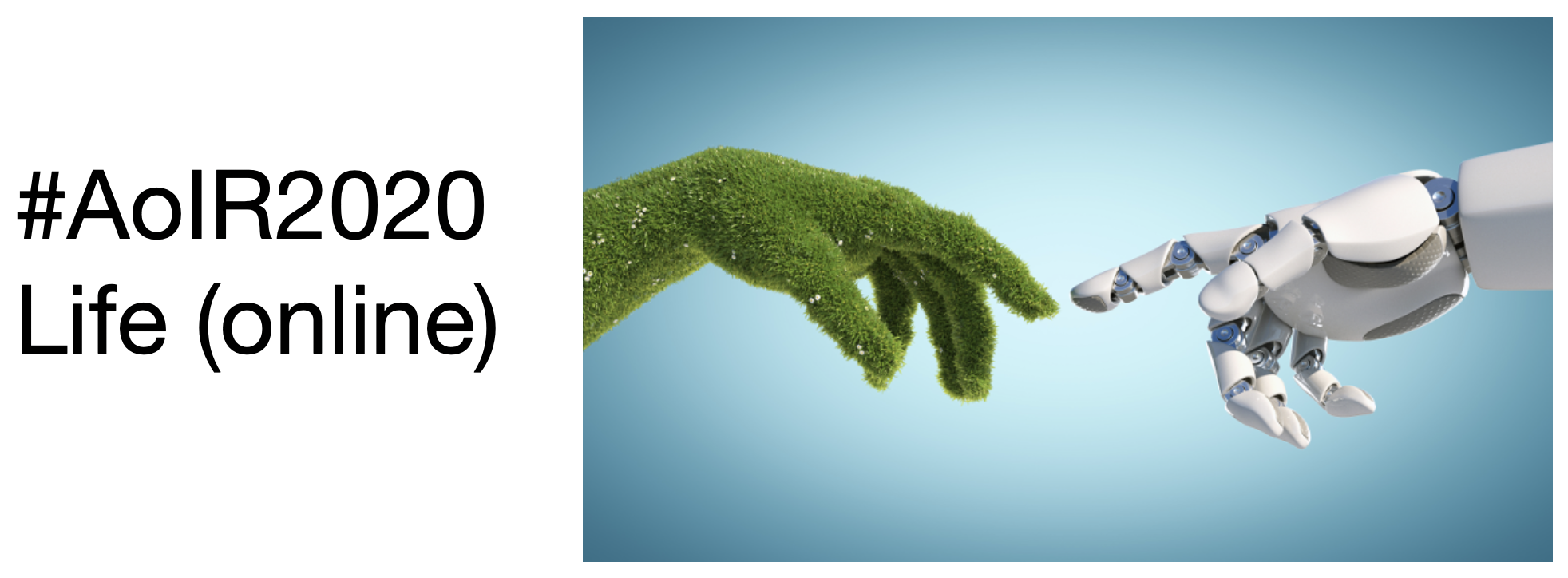REAL TIME TEMPORALITIES AND MORE-THAN-HUMAN ECOLOGIES OF DETROIT’S PROJECT GREEN LIGHT
DOI:
https://doi.org/10.5210/spir.v2020i0.11316Palabras clave:
Race, Surveillance, More-Than-Human, Temporality, Real TimeResumen
On January 1st 2016, 8 gas stations in the Detroit metro area began streaming from surveillance cameras to the Detroit Police Department’s Real Time Crime Center—the auspicious start of Detroit’s Project Green Light (PGL). Presently, cameras are located in over 680 sites around the city. The surveillance initiative’s rapid expansion has been met with significant pushback from the community regarding its quiet incorporation of automated face recognition technologies. As activists have argued, the use of a technology with a significantly higher error rate for people of color to surveil a population that is over 80% nonwhite risks reproducing and exacerbating existing racial biases within the criminal justice system (Detroit Community Technology Project, 2019). Many of the concerns that community members have raised, including the possibility of algorithmic misidentification and the influence of PGL cameras on residents’ use of public space, speak to the question of what human and nonhuman agencies and relationalities exist in PGL spaces and their impact on the residents and landscape of Detroit. In this paper, I focus on the discursive flexibility of the term real time in PGL to diagram the web of human and nonhuman relations within the space. I trace three narratives of real time mapping the human and nonhuman temporalities they reference. Informed by a theoretical framework of Digital Studies, Critical Race Studies, and Indigenous Studies, I explore the racial justice possibilities of theorizing resistance inclusive of more-than-human perspectives and ethics.

